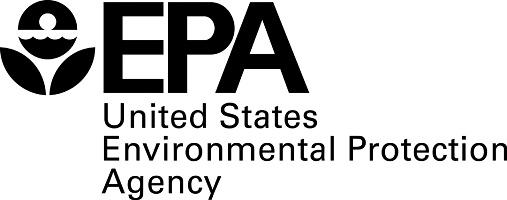FETCHING
DATA
U.S. EPA National Rivers & Streams Assessment 2018-19
2018-19 Estimates, Trend and Change Over Time | National

% of Miles (2018-19)
Change†
†Time periods refer to the years in which the survey was conducted: 2008-09, 2013-14, and 2018-19.
*Indicates statistically significant difference (95% confidence) between time periods compared. Also represented by a darker-colored diamond in the right-hand column of the dashboard.
U.S. Environmental Protection Agency (USEPA). 2022. National Rivers and Streams Assessment 2018-19: The Third Collaborative Survey. Interactive NRSA Dashboard. https://riverstreamassessment.epa.gov/dashboard/. Accessed on . Last modified on .
To learn more about NRSA 2018-19, read EPA's summary report. For detailed information about survey design, indicator development, and benchmark development for NRSA 2018-19, see EPA's technical support document.
% of Miles (2018-19)
Change†
†Time periods refer to the years in which the survey was conducted: 2008-09, 2013-14, and 2018-19.
*Indicates statistically significant difference (95% confidence) between time periods compared. Also represented by a darker-colored diamond in the right-hand column of the dashboard.
U.S. Environmental Protection Agency (USEPA). 2022. National Rivers and Streams Assessment 2018-19: The Third Collaborative Survey. Interactive NRSA Dashboard. https://riverstreamassessment.epa.gov/dashboard/. Accessed on . Last modified on .
To learn more about NRSA 2018-19, read EPA's summary report. For detailed information about survey design, indicator development, and benchmark development for NRSA 2018-19, see EPA's technical support document.
U.S. Environmental Protection Agency (USEPA). 2022. National Rivers and Streams Assessment 2018-19: The Third Collaborative Survey. Interactive NRSA Dashboard. https://riverstreamassessment.epa.gov/dashboard/. Accessed on . Last modified on .
To learn more about NRSA 2018-19, read EPA's summary report. For detailed information about survey design, indicator development, and benchmark development for NRSA 2018-19, see EPA's technical support document.
Relative Extent (% of River & Stream Miles in Poor Condition)
Relative Risk
Attributable Risk
Risk Estimates are not available for the Rivers & Streams Study Population.
Please choose the Rivers & Streams Study Population.
U.S. Environmental Protection Agency (USEPA). 2022. National Rivers and Streams Assessment 2018-19: The Third Collaborative Survey. Interactive NRSA Dashboard. https://riverstreamassessment.epa.gov/dashboard/. Accessed on ${accessedOn}. Last modified on ${lastModifiedDate}.
To learn more about NRSA 2018-19, read EPA's summary report. For detailed information about survey design, indicator development, and benchmark development for NRSA 2018-19, see EPA's technical support document.
FETCHING
IMAGE
Error
An error has been detected with your custom url. The default view has been loaded.
U.S. EPA Rivers & Streams Assessment 2018-19
Condition Categories Bases On Regional Thresholds
Condition
% of Miles (2018-19)
Change†
Condition Categories Based On Quartiles
Condition
% of Miles (2018-19)
Change†‡
†Time periods refer to the years in which the survey was conducted: 2008-09, 2013-14, and 2018-19.
*Indicates statistically significant difference (95% confidence) between time periods compared. Also represented by a darker-colored diamond in the right-hand column of the dashboard.
U.S. Environmental Protection Agency (USEPA). 2022. National Rivers and Streams Assessment 2018-19: The Third Collaborative Survey. Interactive NRSA Dashboard. https://riverstreamassessment.epa.gov/dashboard/. Accessed on . Last modified on .
To learn more about NRSA 2018-19, read EPA's summary report. For detailed information about survey design, indicator development, and benchmark development for NRSA 2018-19, see EPA's technical support document.